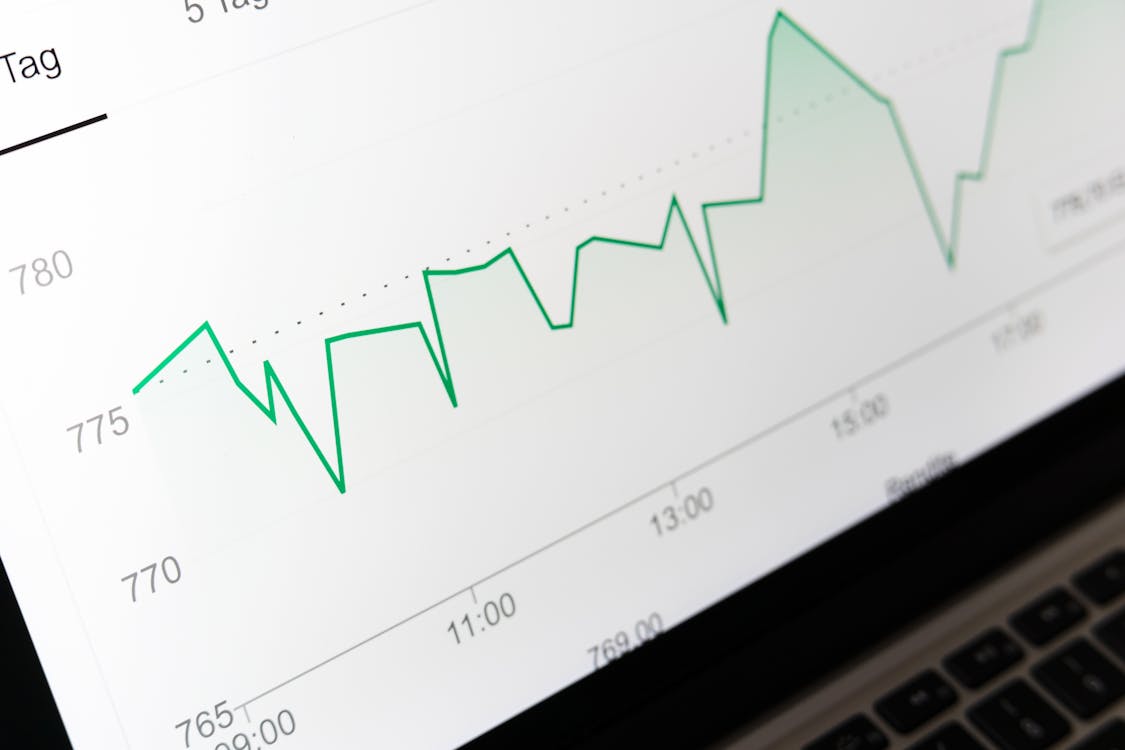Tech Titans And Global Champions: A Look Inside The S&P Global 100
Image Source: Pexels
Global Champions in a Cross-Current Macro Landscape
In early 2025, global equity markets were marked by heightened volatility due to AI-driven earnings growth, monetary policy normalization and rising trade uncertainty. Despite these challenges and mixed market signals, the S&P Global 100, consisting of diversified multinational companies, showed resilience and seems to have effectively navigated the market YTD.
Index Composition and Methodology
The S&P Global 100 is a subset of the S&P Global 1200 and consists of 100 of the world’s leading publicly listed companies. Constituents are selected based on international revenue exposure, sector representation, liquidity and market capitalization. To qualify, companies must generate over 30% of their revenue and hold over 30% of their assets outside their home country, ensuring genuine global exposure. The index is weighted by float-adjusted market capitalization (FMC) and rebalanced quarterly in March, June, September and December.
(Click on image to enlarge)


Although the index has significant weight in U.S.-domiciled companies as a byproduct of its methodology, its real economic exposure is more nuanced.
(Click on image to enlarge)


The FMC-weighted foreign revenue share of the index is approximately 60%, with a mean of 67% among all constituents. On average, index constituents generate more than half of their revenue outside their economic region.[1] Less than 15% of the index’s FMC is near the 30% threshold, and none of these constituents overlap in terms of GICS® sector. As such, despite recent discussions on reshoring and global trade risks, significant turnover of the index appears unlikely.
Performance Review
Following a robust 27.28% rally in 2024—driven by Big Tech earnings and multiple expansion—2025 has seen increased volatility due to changing rates expectations, high valuations and trade uncertainty. As of May 31, 2025, the S&P Global 100 posted a YTD gain of 2.30%, reflecting noticeable return differences across sectors and regions. Financials led with a contribution of 1.73% on the back of the elevated interest rate environment, while Consumer Staples and Industrials added 0.90% and 0.67%, respectively. Conversely, Information Technology, Consumer Discretionary and Communication Services lagged, with declines of 0.84%, 0.40% and 0.30%, respectively, as investors shifted from growth-oriented sectors. Regionally, U.S. equities contributed to a 0.80% decline in the index performance, while Europe more than offset that loss with a 2.55% impact due to favorable policies and attractive valuations. Asia-Pacific also contributed with a 0.54% gain, amid trade disruptions and tariff issues.[2]
Over the past decade, the index consistently outperformed broader global equity markets, demonstrating long-term resilience.
(Click on image to enlarge)

Concluding Insights
The S&P Global 100 continues to serve as a robust benchmark for tracking globally influential companies. Despite its focus on large float-adjusted market cap firms, the index’s thoughtful design helps mitigate sector concentration and enhances revenue diversification. These characteristics make it particularly well-suited for navigating today’s complex market environment, marked by macroeconomic uncertainty and shifting global dynamics.
[1] Source: S&P Dow Jones Indices LLC, FactSet. Data for constituent names and weights as of May 31, 2025. Revenue data as of Dec. 31, 2024.
[2] Source: S&P Dow Jones Indices LLC. Data as of May 31, 2025. Calculations are based on gross total return index levels in USD. Past performance is no guarantee of future results.
More By This Author:
The Importance Of Defense: En Garde!Tactical Exposure To U.S. Asset Classes
Rebalance Review Of The S&P Global Clean Energy Transition Index – H1 2025
The posts on this blog are opinions, not advice. Please read our Disclaimers.




